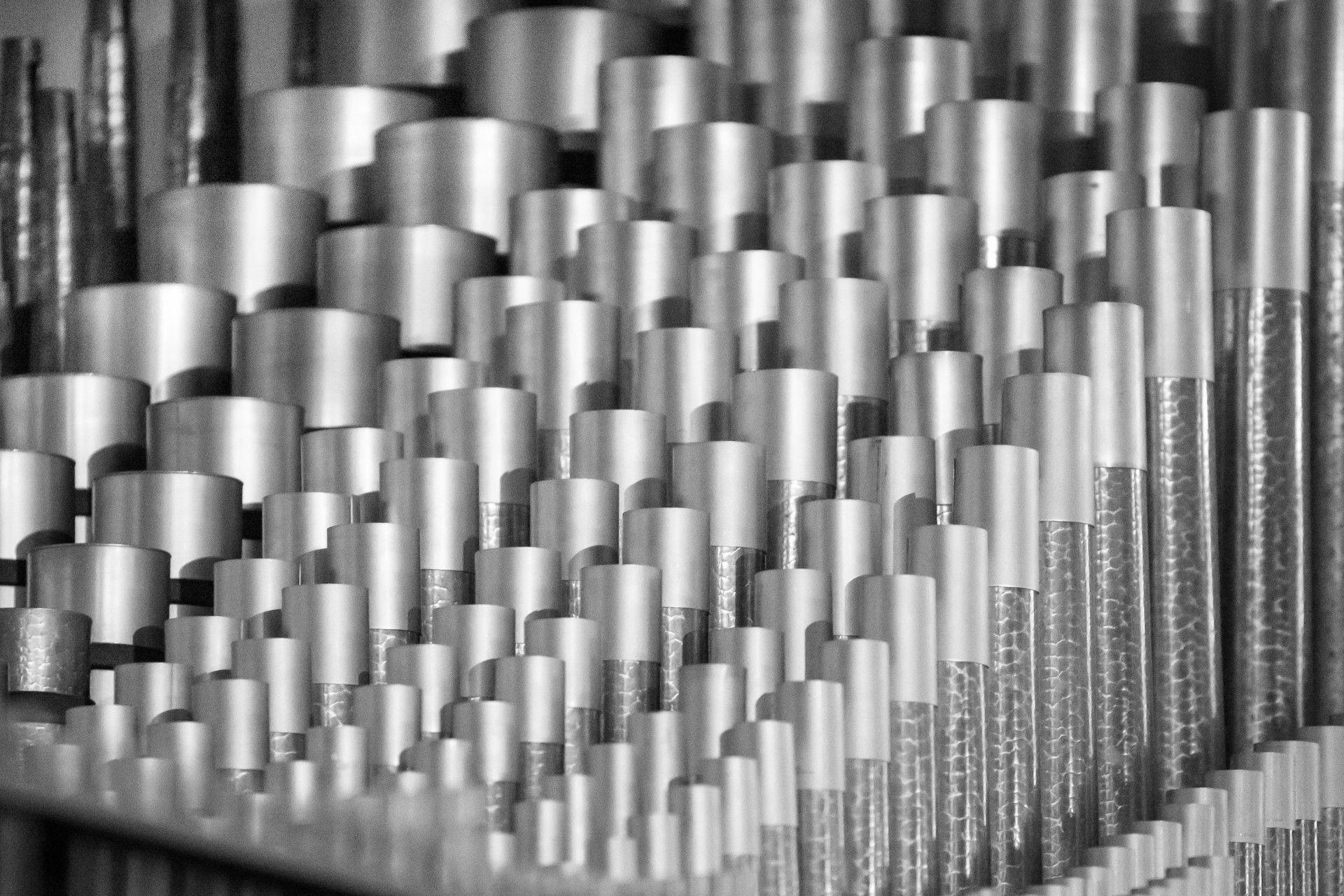Steel billet is a semi-finished metal product that is an intermediate form of steel. It is a rectangular or square-shaped cast or hot-rolled product that is used to produce various steel products like bars, rods, wire, and seamless tubes. Steel billets are typically produced by casting or hot rolling steel ingots.
Steel Billet Sizes
Steel billets come in different sizes, shapes, and grades, depending on the intended use. The specification of a steel billet includes its size, chemical composition, mechanical properties, and surface finish. The size of a billet can range from a few centimeters to several meters in length, and the cross-sectional area can vary from a few square centimeters to several hundred square centimeters. The most common grades of steel billet are carbon steel, low-alloy steel, and stainless steel.
Manufacturing Steel Billets
The manufacturing process of steel billet can vary depending on the desired product specifications. Steel billets can be produced by either casting or hot rolling.
Casting is a process where molten steel is poured into a mold to solidify into the desired shape. The mold can be made of metal or sand, and the size and shape of the mold determine the size and shape of the billet. The solidified billet is then removed from the mold and transported for further processing.
Hot rolling is a process where a steel ingot is heated to a high temperature and passed through a series of rollers to reduce its thickness and shape it into a rectangular or square billet. The hot rolling process can be done in a continuous or semi-continuous process, depending on the size and shape of the billet required.
Once the steel billets are manufactured, they need to be handled and stored properly to maintain their quality. The handling process of steel billets includes transportation, lifting, and stacking. Steel billets are usually transported using cranes, forklifts, or conveyor systems. Lifting the billets requires special lifting equipment designed to handle the weight and shape of the billets safely. Stacking the billets requires careful planning to avoid damage and deformation of the billets.
Handling & Warehousing of Steel Billets
Steel billets should be stored in a dry, clean, and well-ventilated area to prevent corrosion and other damage. The warehousing methods for steel billets depend on the size and shape of the billets. Large billets can be stored on the ground, while smaller billets are usually stored on racks or shelves. The storage area should be free from any contaminants that can cause corrosion, and the billets should be stored in a way that allows for easy access and movement.

